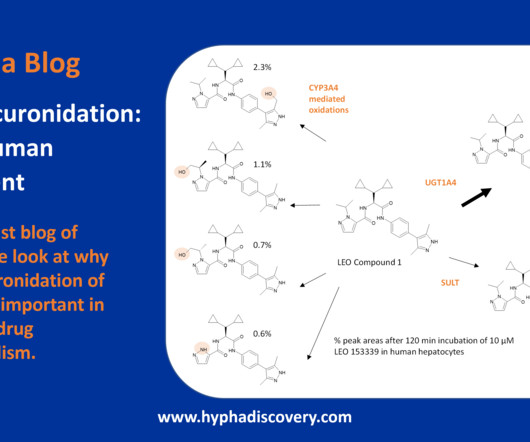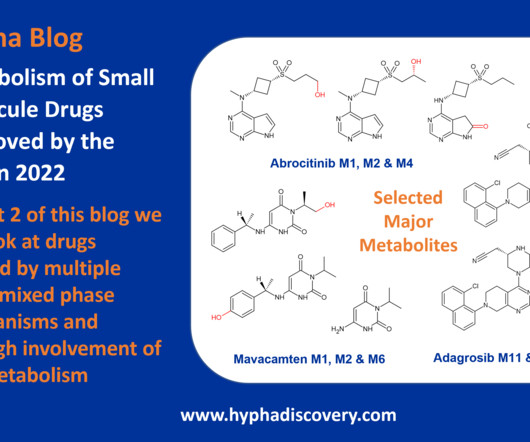Pharmacokinetic study of the interaction between luteolin and magnoflorine in rats
Chemical Biology and Drug Design
SEPTEMBER 20, 2023
Magnoflorine increased the systemic exposure and metabolic stability and suppressed the transport of luteolin. Abstract Both luteolin and magnoflorine have been reported to regulate the development of breast cancer, which makes them easier to co-administrate.











Let's personalize your content